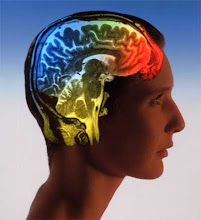Introduction
One of the most important theories in stress research today, the 'transactional model' (or 'approach') is important because it takes account of cognitive factors in stress. It is primarily the work of Lazarus and Folkman (1984).
General points
The GAS can be described as a a physiological model of stress, as it focusses on what happens inside the body - the outcomes of stress. The approach of Holmes and Rahe (1967) focusses on the stressors themselves - how they add up to make an individual stressed and ill. The transactional model is different because it focusses on the thought processes of individuals, such as how they view a stressor, and how they view themselves.
The details
The model proposes that a two part mental evaluation of a stressor occurs. This involves:
- Primary appraisal: assessing the stressor to judge how much of a threat it is.
- Secondary appraisal: assessing one's own ability to cope with the stressor. For example, does the person feel up for the challenge, or do they feel tired and overwhelmed?
Once these processes are complete, the person proceeds to tackle the stressor, and the outcome (good or bad) follows.
Evaluation
The transactional model is more realistic that some older models, in that it allows for different people to react to the same stressor in different ways. It can explain why some people find exams stressful, and others don't. Unlike the GAS, the research has been done on humans. It us a current theory which is proving very useful for research.
A negative side of the theory is that it assumes that people are rational in their thought processes, which may not always be true.
Monday, 27 April 2009
Subscribe to:
Post Comments (Atom)

No comments:
Post a Comment